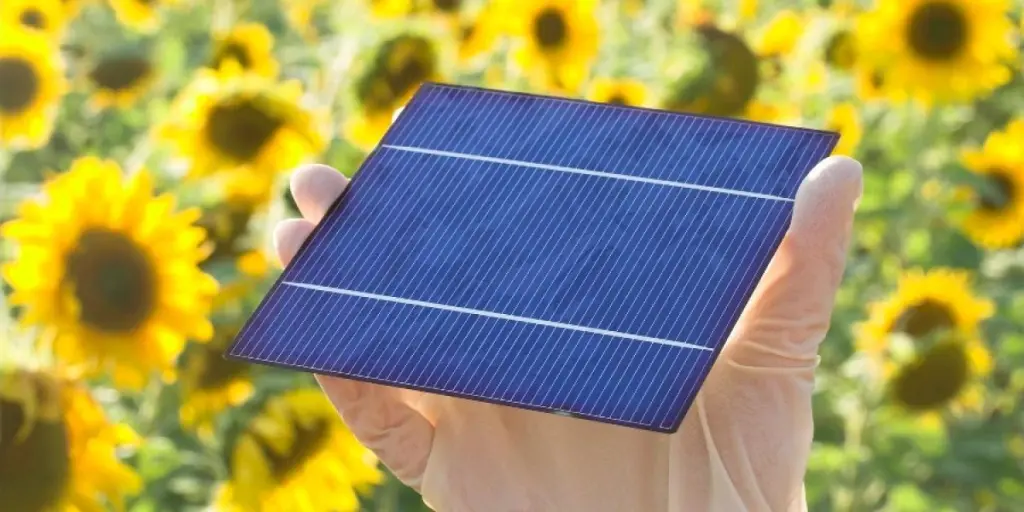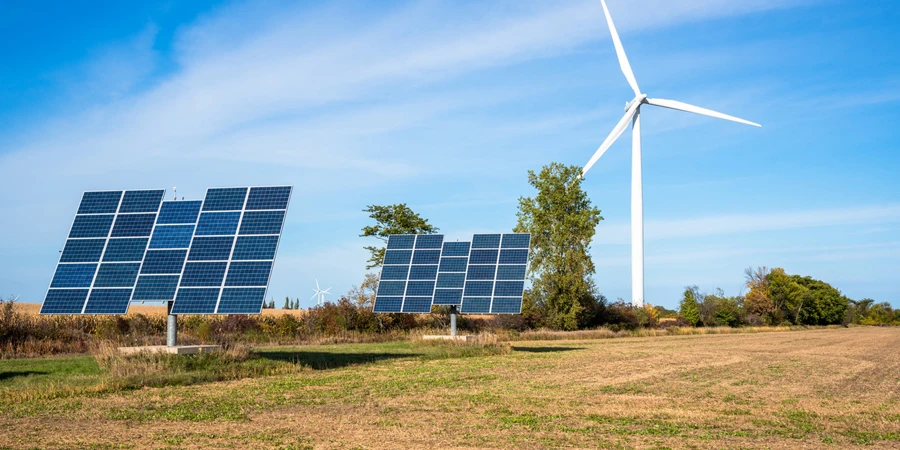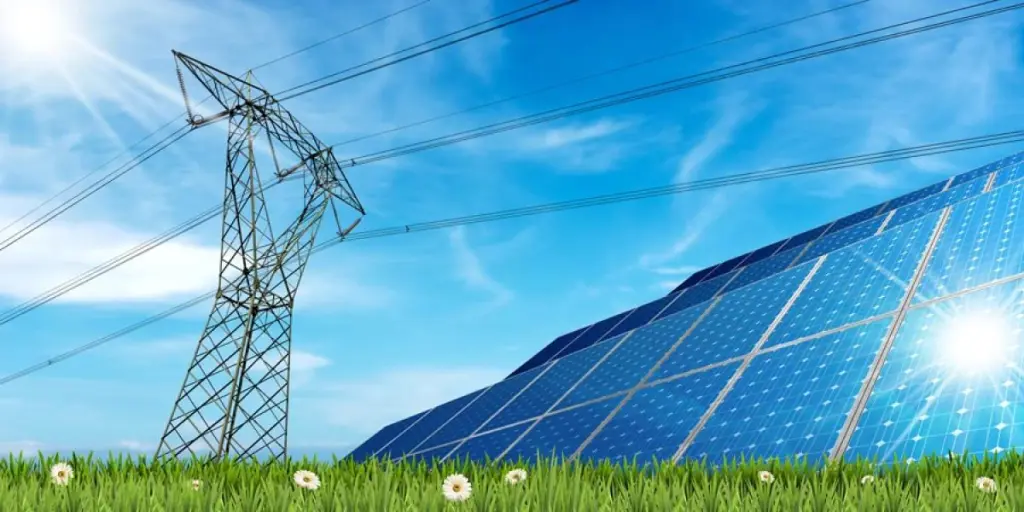- SPE has introduced a new best practices report for the agrivoltaic segment in EU
- It is targeted to help evaluate the performance of such projects across agricultural, environmental, social, economic and lifecycle quality criteria
- It reviews existing guidelines to offer updated guidance for the deployment of sustainable agrivoltaic practices for all stakeholders
Using real world case studies of agrivoltaic or agrisolar projects in the European Union (EU), SolarPower Europe (SPE) has published an Agrisolar Best Practices report that it says intends to offer guidance for the deployment of sustainable agrivoltaic practices for solar industry stakeholders.
It reviews existing agrivoltaic best practices guidelines and offers a ‘tailored scoring system’ to evaluate the performance of such projects across agricultural, environmental, social, economic and lifecycle quality criteria.
As 14 EU member states have already incorporated solar PV under their Common Agricultural Policy (CAP) Strategic Plans, SPE says the bloc needs clarity on best practices to successfully implement such projects to ensure dual use of land without creating any conflicts. Recently, the German association for energy and water management (BDEW) has demanded a new tender category be created for agrivoltaic projects in the country.
According to analysts, farmer population in the EU is coming down due to a number of reasons like food price volatility, soil degradation, land availability, among others that make agriculture an expensive proposition for most.
This application of solar PV technology also helps generate additional revenue for the farmers while also ensuring greener rural development since the sector is highly vulnerable to the threat of climate change.
While research is still ongoing about how solar panels on a field can better help agricultural practices and what kind of crops are more suitable to this arrangement, there is a common consensus for this technology’s benefits in terms of panels bringing respite from extreme heat for the crops. It helps improve land productivity too and also generates clean energy on site for use, thus ‘maximizing synergies between energy, food and environmental security’.
Several developers are working extensively in the space like BayWa r.e. in the Netherlands or Enel Green Power in Italy, there is growing interest among solar manufacturers too join the club with customized solar products. The latest example is Schletter Group of Germany launching a new agri-PV solution made up of vertical rows of modules to look like a wall or fence.
However, to ensure high quality agrivoltaic projects, these need to undergo adequate planning in terms of project design, development and operation. The SPE report reviews existing guidelines in the space to offer updated guidance for the deployment of sustainable agrivoltaic practices for all stakeholders.
“The goal of these Best Practice Guidelines is to draw on past experience, to offer an overview of existing business cases, trends, innovations, and best practices for implementation, in order to advise local and international actors on how to successfully implement Agrisolar technologies,” stated SPE.
The agrisolar report is targeted towards solar and agricultural companies, investors, landowners, government departments, local authorities, industry associations, scientific research centres, consultancies, suppliers, among others. It can be downloaded for free on SPE website.
SPE has also launched a dedicated digital platform called agrisolareurope.org as a ‘one-stop shop’ for farmers and developers to understand and maximize agrivoltaic solutions.
Source from Taiyang News
The information set forth above is provided by Taiyang News independently of Alibaba.com. Alibaba.com makes no representation and warranties as to the quality and reliability of the seller and products.






